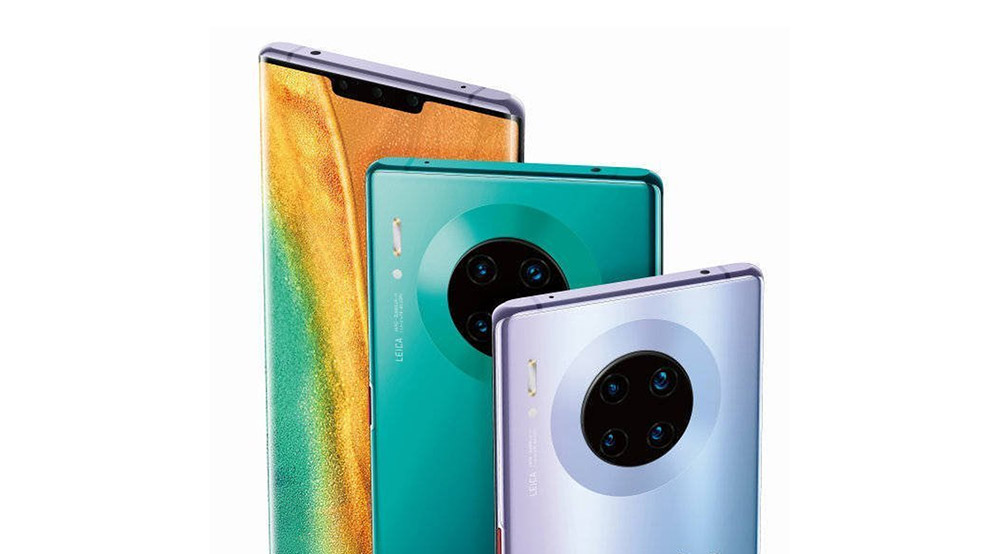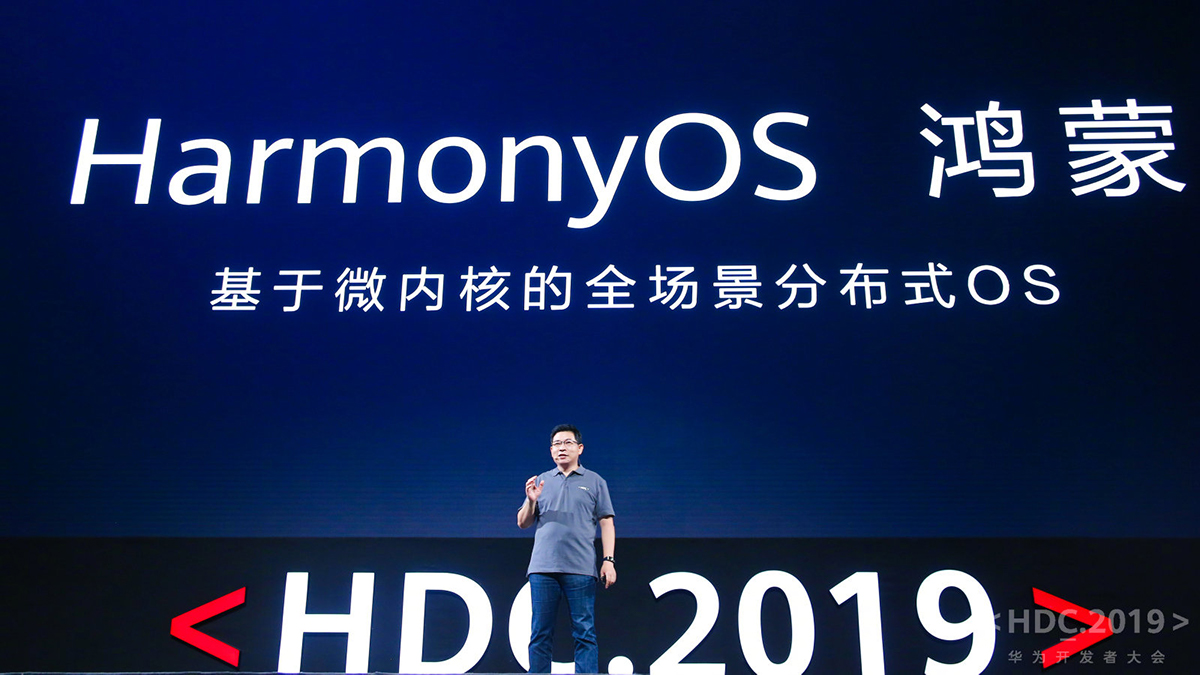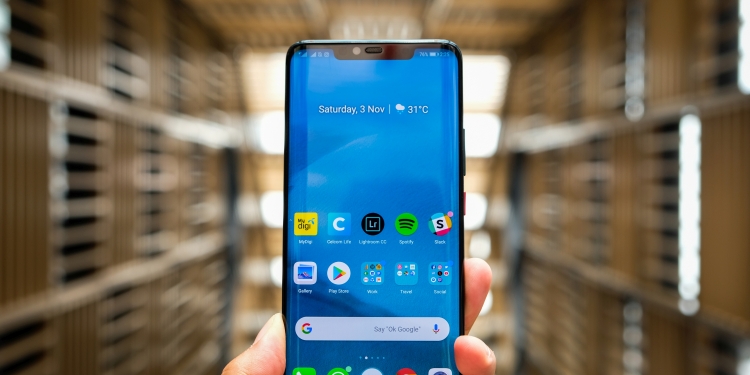Huawei’s upcoming flagship, the Mate 30 series, is expected to launch in September 2019—despite Huawei’s ongoing issues with the U.S. government. Where things currently stand, Huawei is still blacklisted on the U.S. Department of Commerce’s list of entities, which means that they cannot buy from American companies without the Commerce Department’s express consent (something that is rarely given).

However, American authorities earlier gave a 3-month reprieve to Huawei, and further extended this by another 3 months. Despite this temporary relief of sorts to the Chinese company, there’s been an update with regards to the Mate 30 and Mate 30 Pro that ranks among the most anticipated smartphones of the year.
According to a new report, a Google spokesman has said that the temporary reprieve offered by the U.S. does not cover new products such as the Huawei Mate 30 or Mate 30 Pro. Despite Google’s stance that they want to continue working with Huawei, it remains to be seen if the American company has applied for specific exemption of Google Mobile Services from the ban—but the aforementioned statement does indicate that they have not.
So, what OS will the Mate 30 use?

It’s anyone’s guess at the moment, really. But all along, Huawei has talked up the capabilities of its proprietary operating system, Hongmeng/Harmony OS, with Consumer BG CEO Richard Yu saying that they can push the OS onto its smartphones “immediately”. There have also been reports that the company had been inviting app developers to join the AppGallery, Huawei’s own app store.
However, another possibility is that Mate 30 smartphones will come with an open-source version of Android, without any of Google’s licensed apps and services. To Malaysians, a familiar experience could be grey import smartphones purchased with China ROMs—local users would then have to side-load Google apps, including the Google Play Store.
That said, public reception of flagship series is bound to drop; an independent analyst has been quoted as saying:
“Without Google services, no one will buy the device.”
The strange part of this is that while the Mate 30 series may be the first “major” smartphone release for Huawei since the implementation of the trade ban, Huawei did release the Nova 5T earlier (with pre-loaded Google apps and services). Perhaps this is due to the fact that the registration of the model was made earlier, but that’s pure speculation at this point.
[ SOURCE ]








